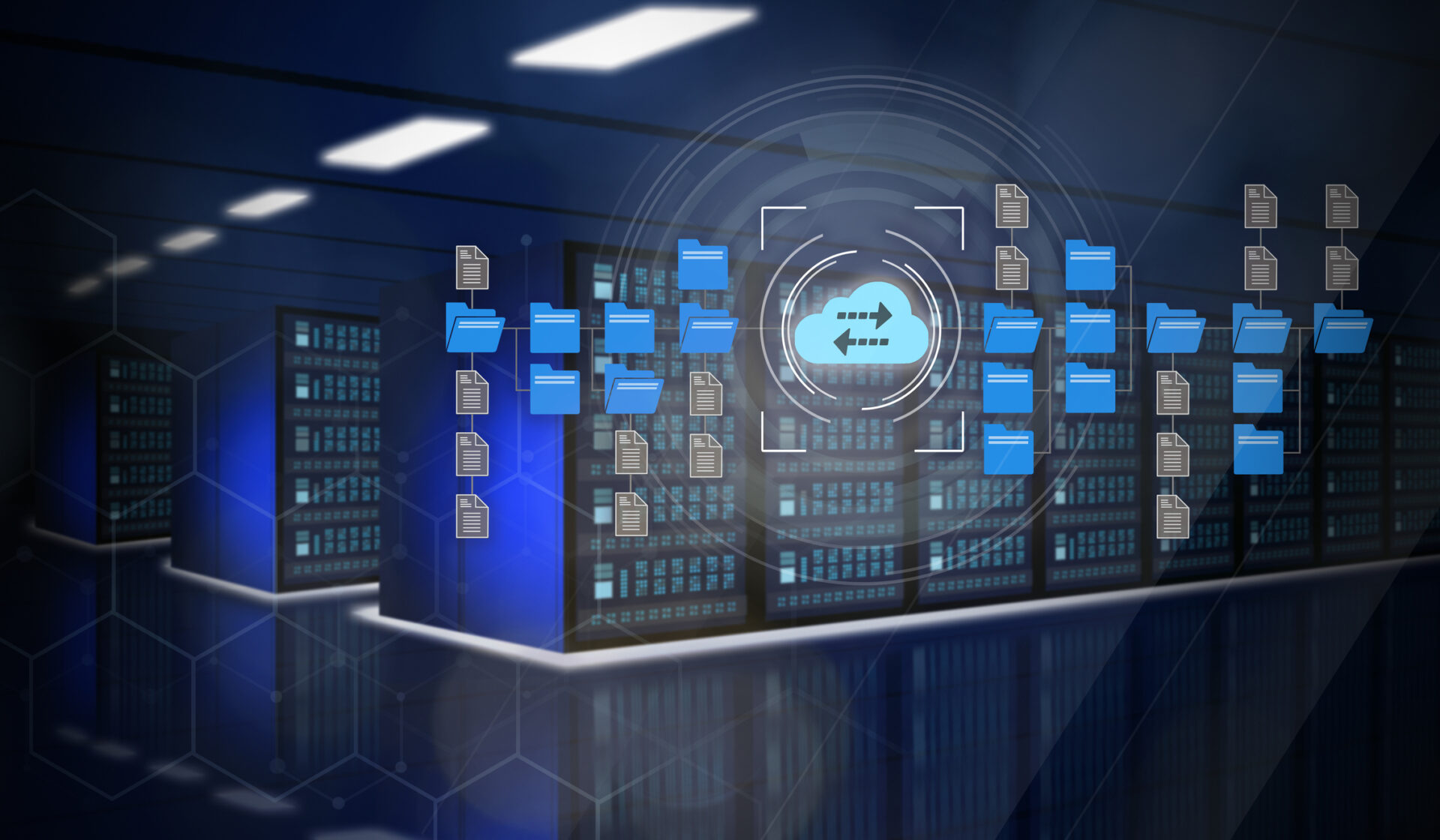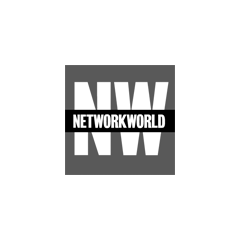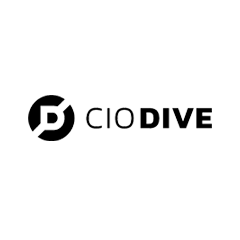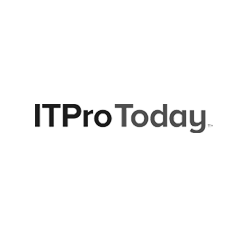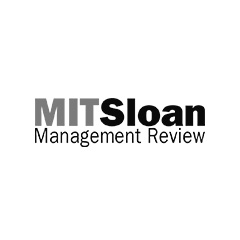
Cloud-native applications and modernized infrastructure are a de facto prerequisite for successful transformation projects.
Keeping up with advances in technology on top of maintenance means developers have a lot on their plates.
Our latest research shows increasing focus on improving efficiency via automation and using low-code/no-code to enable developers and citizen developers to deliver apps faster.
Enterprise Strategy Group’s Application Modernization analysts and demand-side research cover all aspects of the application modernization ecosystem, including:
- Application build, delivery, release, testing
- Application integration & development
- Application modernization & observability
- Cloud-native technologies
- Content management systems & digital experience platforms
- Continuous integration/Continuous delivery (CI/CD)
- DevOps, site reliability engineering (SRE) & platform engineering
- Digital transformation
- Infrastructure modernization
- Integration & orchestration
- Kubernetes & containers
- On-premises, cloud & hybrid infrastructure
- Open-source software
Research Report
Application Modernization and the Role of Platform Engineering
Platform engineering is the foundation of digital transformation success, as this discipline directly affects an organization’s ability to rapidly, continuously, and cost-effectively deliver high-quality software in anticipation of and in response to complex and dynamic market requirements. Today’s landscape of cloud-native tools, technologies, infrastructure resources, and application development paradigms ultimately define optimal platform engineering strategies, […]
Analysts Covering Application Modernization

Torsten Volk
Principal Analyst, Application Modernization
Areas of Expertise
- Application Modernization
- Cloud-native Applications
- DevOps and CI/CD
- Hybrid & Multi-cloud
- Infrastructure-as-Code & GitOps
- Observability, Monitoring & APM
Recent Application Modernization Insights
Research Report | June 7, 2025
The Growing Role of AI in Endpoint Management and Security Convergence
Research Brief | June 6, 2025
The Imperative to Involve Security Starting Early in Application Development Processes
Research Brief | June 6, 2025
IT Roles Show Discrepancies in Application Development Perspectives
Research Brief | April 29, 2025















